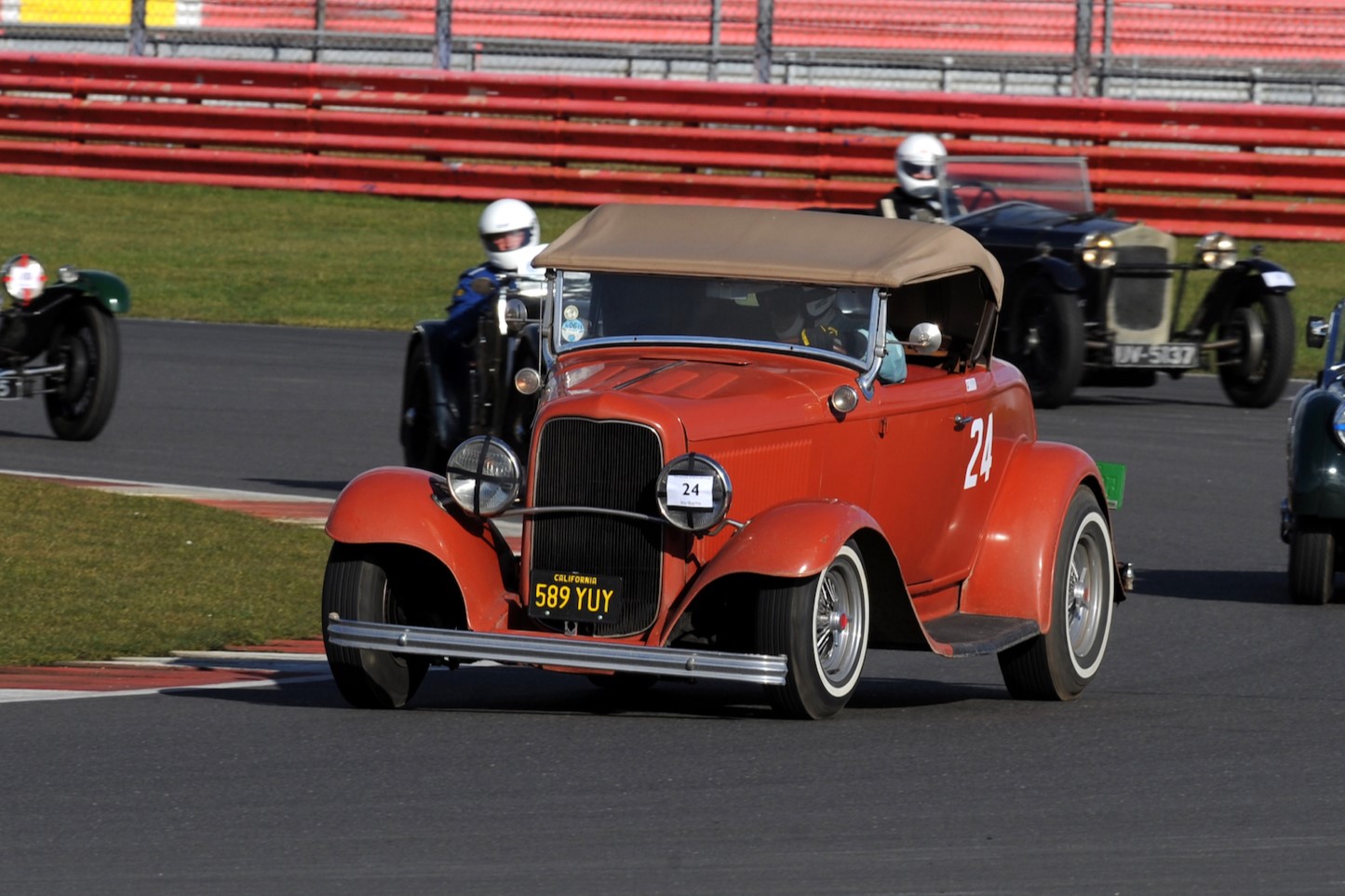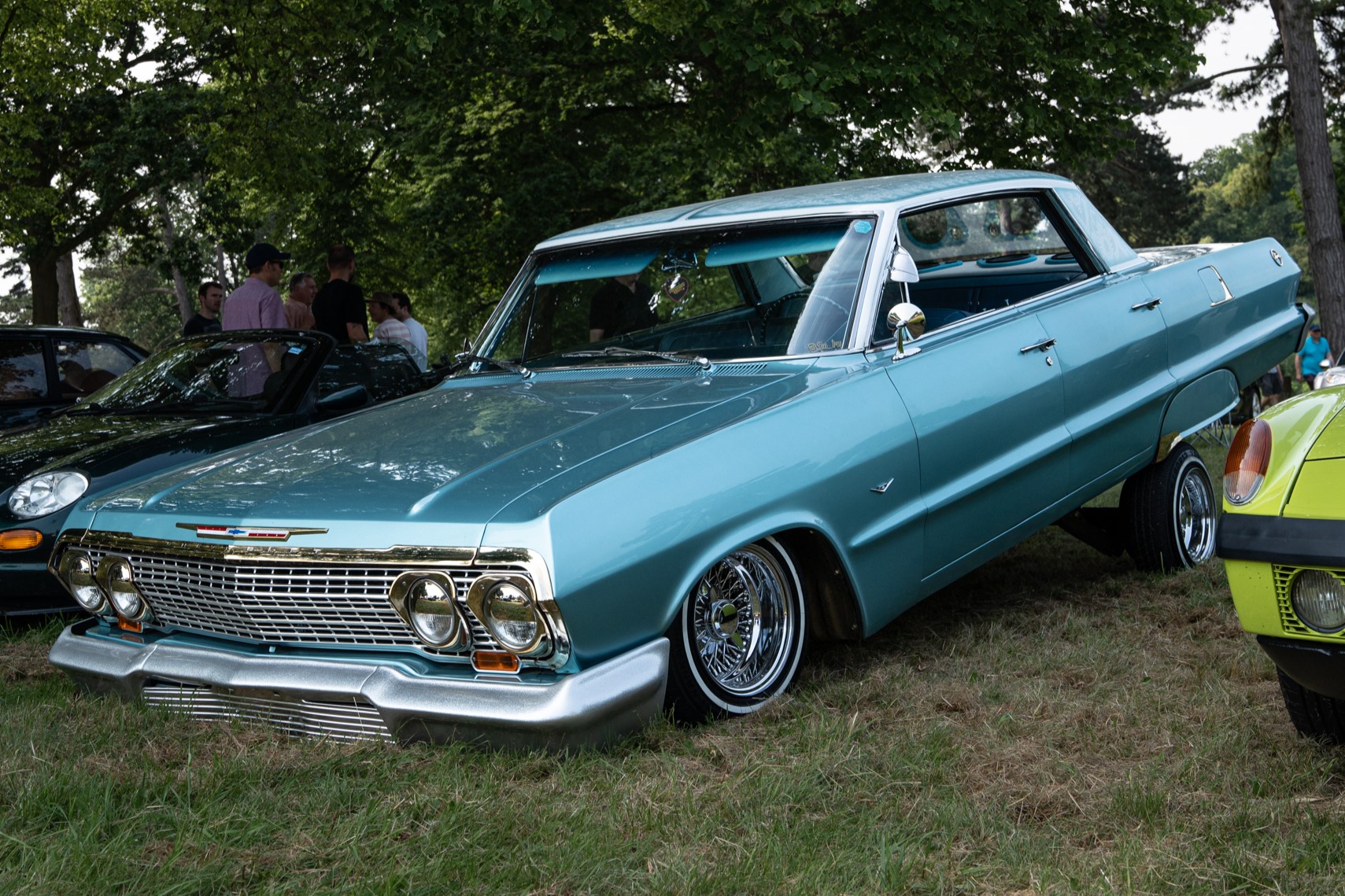Car Modders' Hall of Fame: The 1970s
From So-Cal to South London, custom cars were big news in the 1970s as improved tuning techniques and new materials made it easier to turn the humdrum into high art. Many modified cars were created in garages and lock-ups, but there were also a handful of builders and modders leading the way and influencing the wider world, including even car makers.
Roots in US moonshine-running
The custom car scene came about thanks to the hot rods that appeared in the immediate post-war period, which themselves owed their existence to uprated cars from the 1930s in the US used to ship illicit moonshine without being caught by the police.
Through the 1950s and 1960s, the custom car scene grew to be huge in the US and the products of many fertile imaginations could be seen on primetime television with cars such as the Batmobile, the Munster Koach, and the Monkeemobile.
By the 1970s, there was another shift taking place as the original modders grew older and their protegees came to the fore. A prime example of pupil becoming master is Bo Huff, who had worked with Stan Robles and George Barris. Huff set up his own paint shop in Orange County, California but then relocated to Lincoln, Arkansas before settling for good in Sunnyside, Utah.
With his distinctive long beard that made him look like a member of ZZ Top, Huff’s work was a regular fixture of custom car magazines of the time. His eye for detail and perfection made him one of the go-to guys for custom paintwork, and he also set the tone for how owners looked with his workwear denims, boots and penchant for Rockabilly music. This even led to a car show in Canada being called the Huffarama in his honour.
Brit modding goes big
In the UK, a less flamboyant but no less important pioneer of car modding was getting into his stride as the 1970s kicked off. Geoff Jago is better known to many for his affordable kit cars, but he was instrumental in bringing US ideas to the UK as well as coming up with his own. He was among the first to use homegrown V8 engines in British hot rods and he offered production builds, including the Model B Roadster styled along the lines of a Ford Model B hot rod that caught so many people’s imaginations. With glass fibre now established as a simple, cheap material to make car bodies from, Jago made full use of it to offer kits with a simple steel chassis and capable of being powered by anything up to full-on supercharged Chevrolet V8s.

Tuners look beyond V8s
It's worth noting the Rover V8 was rapidly becoming the engine of choice for car modders in the UK. It was light, compact, cheap to source, and easy to tune. When it could be stuffed under the bonnet of a Ford Pop to create a fast, low-cost hot rod, what was not to like?
Yet not all engine tuners wanted to go down the V8 route. Harris Performance Engineering started out in the 1930s, but it was when Ron Harris started to build uprated Ford motors in the 1950s that the business took off. Motorsport was the main outlet for these superb engines, but then in the 1970s their name became part of the South London scene that became the Chelsea Cruise. The shrill rasp of a Harris Pinto or Crossflow engine was just as much of a crowd pleaser as a thudding American V8, and the influence of Harris can still be witnessed today as the company continues to develop even more powerful Ford engines.
Style over substance
Similar in ethos to the Chelsea Cruise but without the focus on fast engines, the Lowrider scene in the US grew out of a movement about how a car looked more than how it went. Getting the car as low to the ground was the aim, which was originally achieved by cutting the car’s springs as much as you dared. However, developments in air suspension technology allowed lowrider builders to drop the car to the ground at the touch of a button, then raise it up to go cruising.
David Jaramillo was central to this off-shoot of the car modder scene in the 1970s and his 1969 Ford LTD was set to be the definitive example of the breed. Sadly, Jaramillo died before completing the car, so friends and family stepped in to finish it and the car, known as David’s Dream, is regularly displayed at car shows and museums as the ultimate lowrider.

Show-ing off
Attending car shows is a big part of the modified car scene wherever you find yourself in the world. Car modders are show-offs by nature as they want their work to be seen and enjoyed. Recognising this, Darryl Starbird started out as a customizer in the 1950s and became a well-known figure for his work. However, he was always frustrated that the wider public didn’t know much about custom cars, so he resolved to sort this by organizing a show packed with custom cars and nothing else. This first event was held in Wichita, Kansas and, to Starbird’s amazement, it was a massive success.
Since that first show, Darryl Starbird has gone on to run more than 400 custom car shows in the US and, perhaps more than anybody, has been responsible for pushing these cars into the public conscience. Now, television schedules are routinely filled with shows about custom cars and their builders, and modified cars have become huge business for auction firms, professional builders, and parts suppliers alongside the classic car world.
There are many more names we could mention who helped shape the world of car modders in the 1970s. Some set the tone with their detailed builds, others with outlandish paint schemes, and yet more with unexpected mechanical packages. What they all have in common is a passion for exploring new ideas and applying them to working cars. Without these trailblazers, the current classic car world would be a very different, and duller, place to drive.
Share with us your favourite modified cars from the 1970s in the comments below.

COMMENT